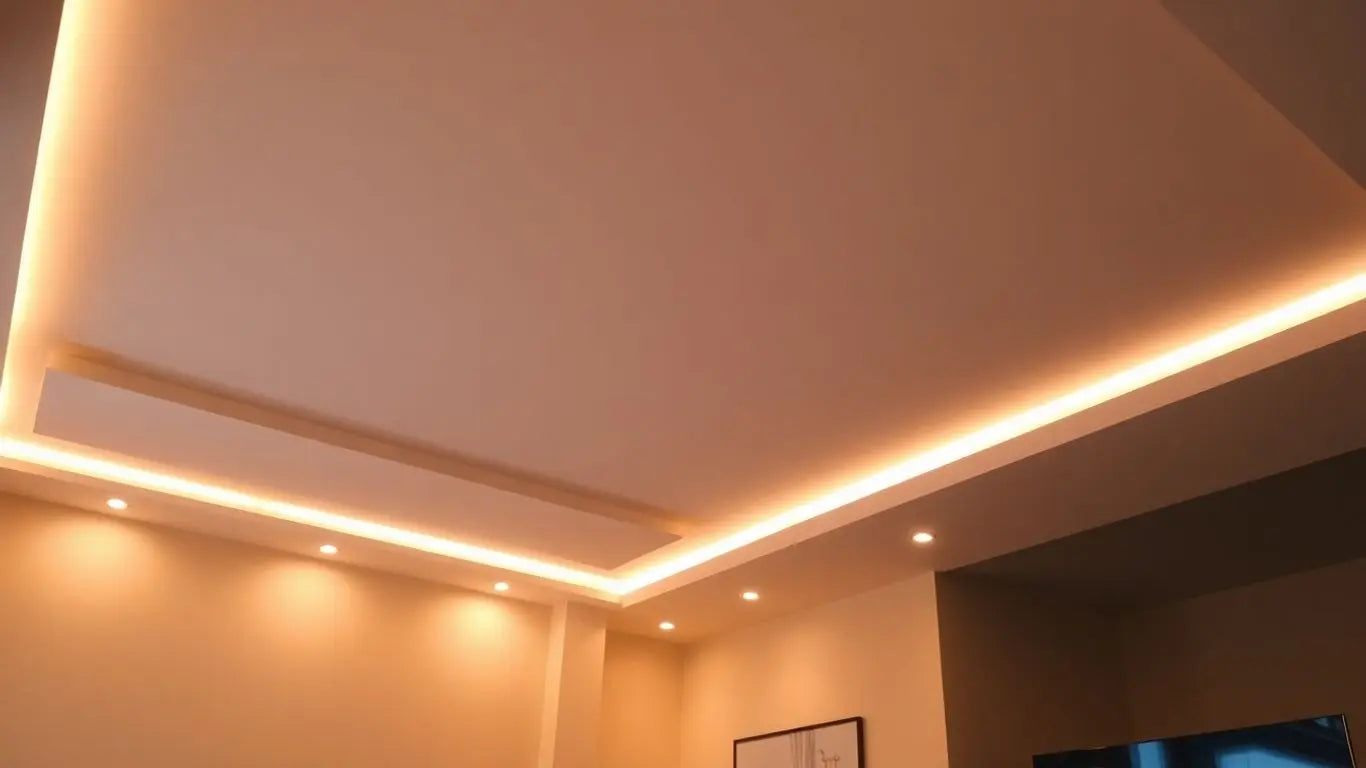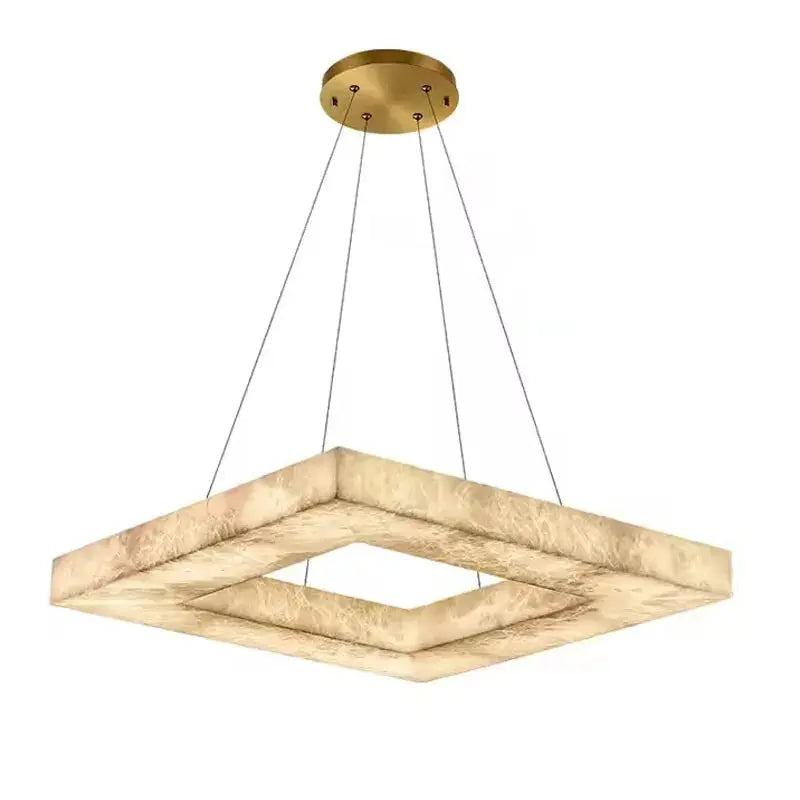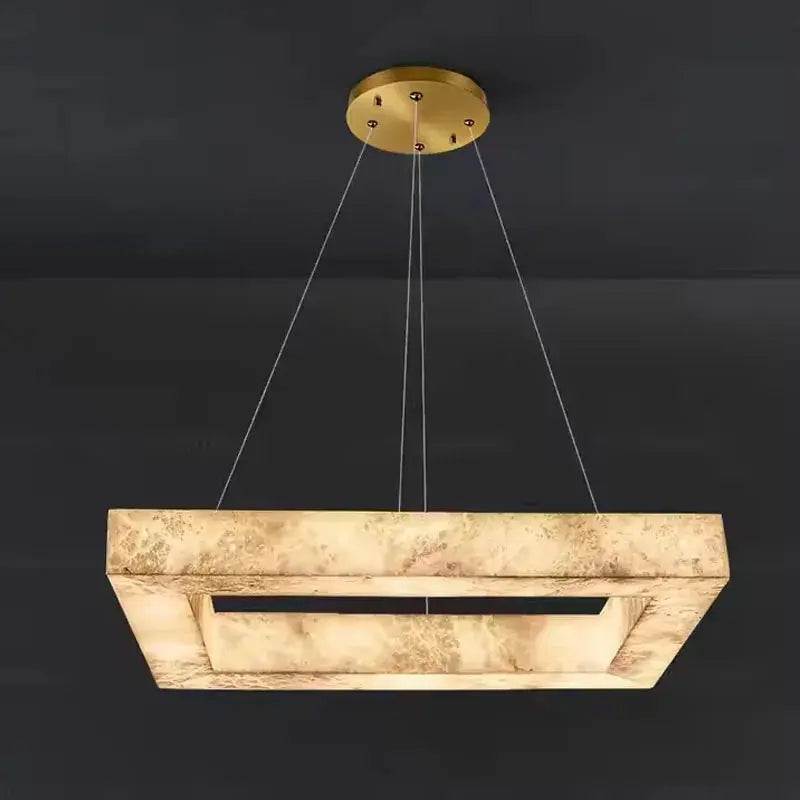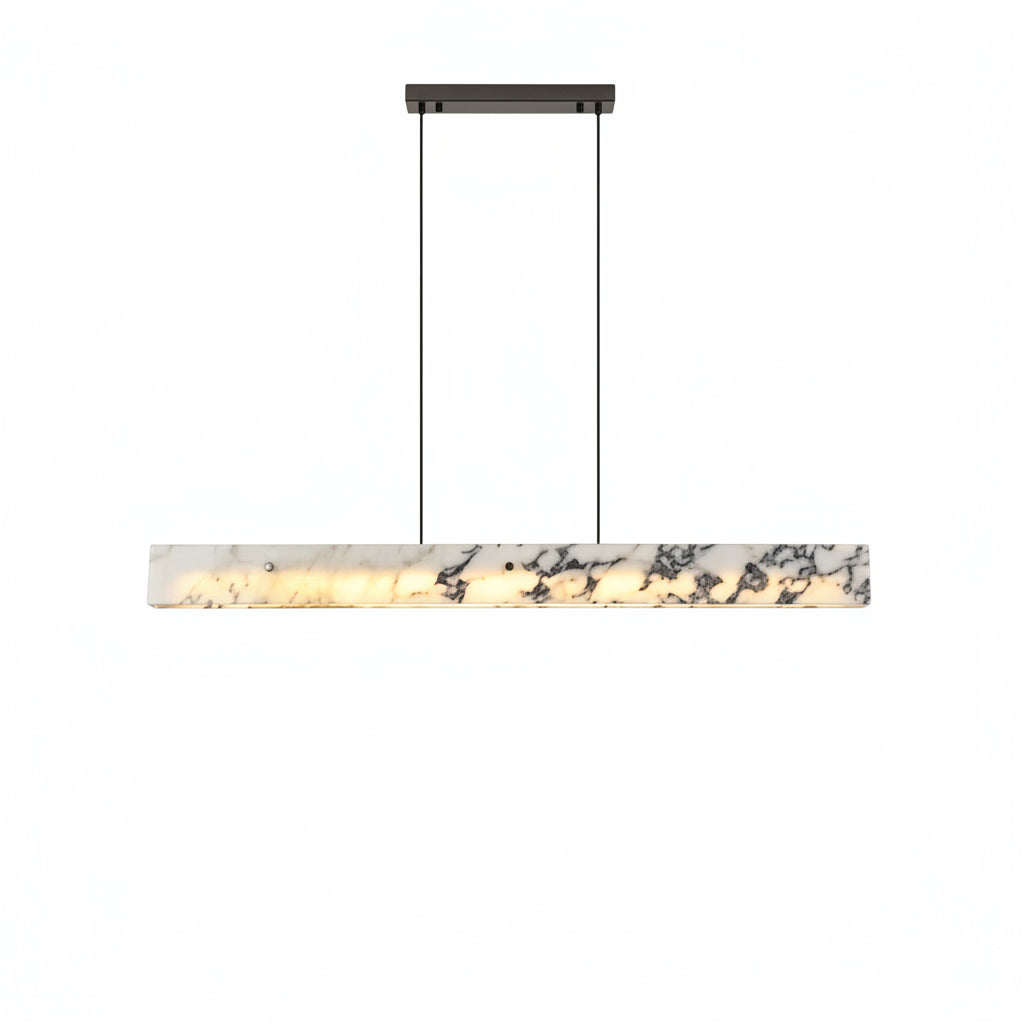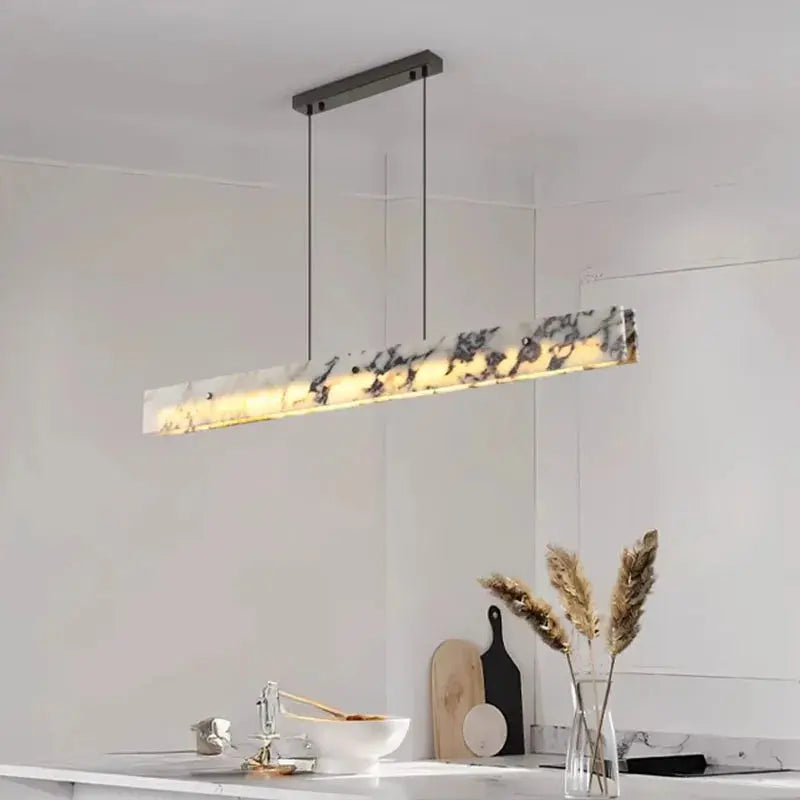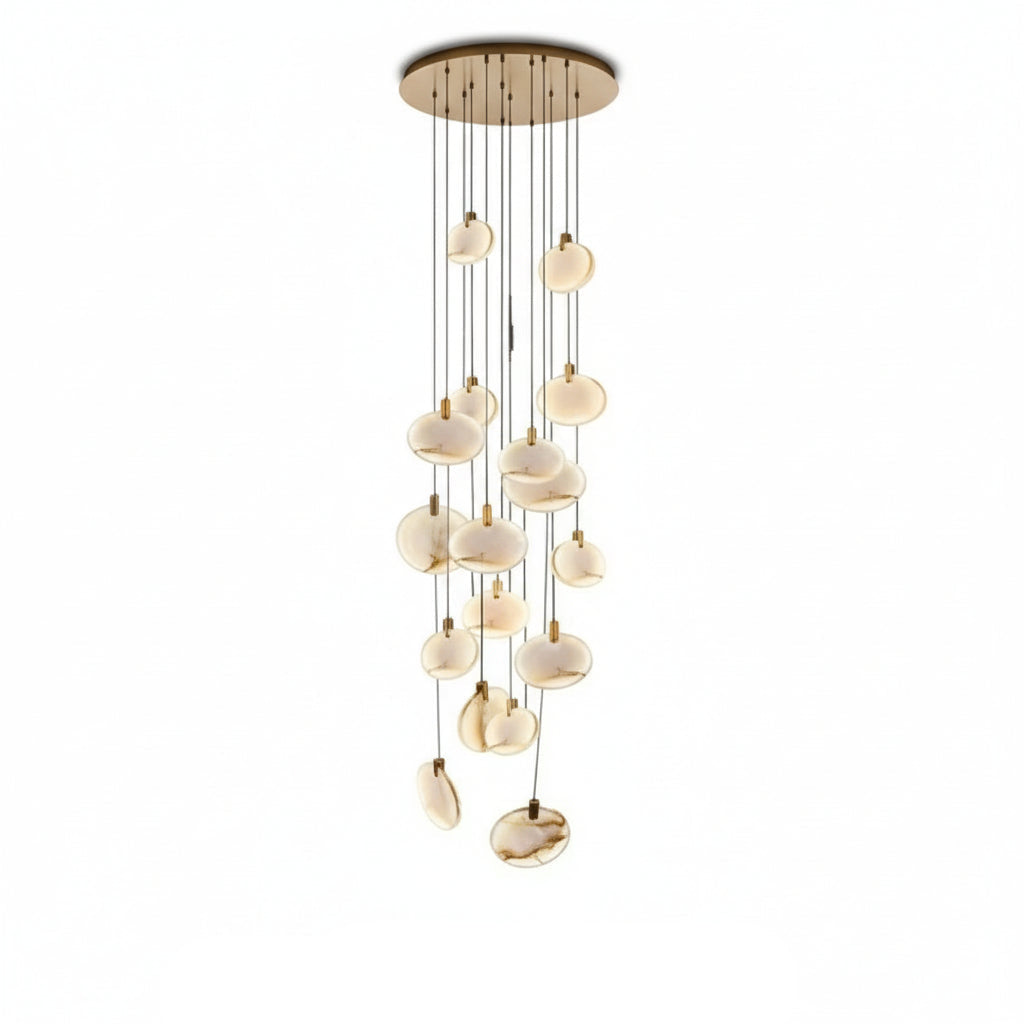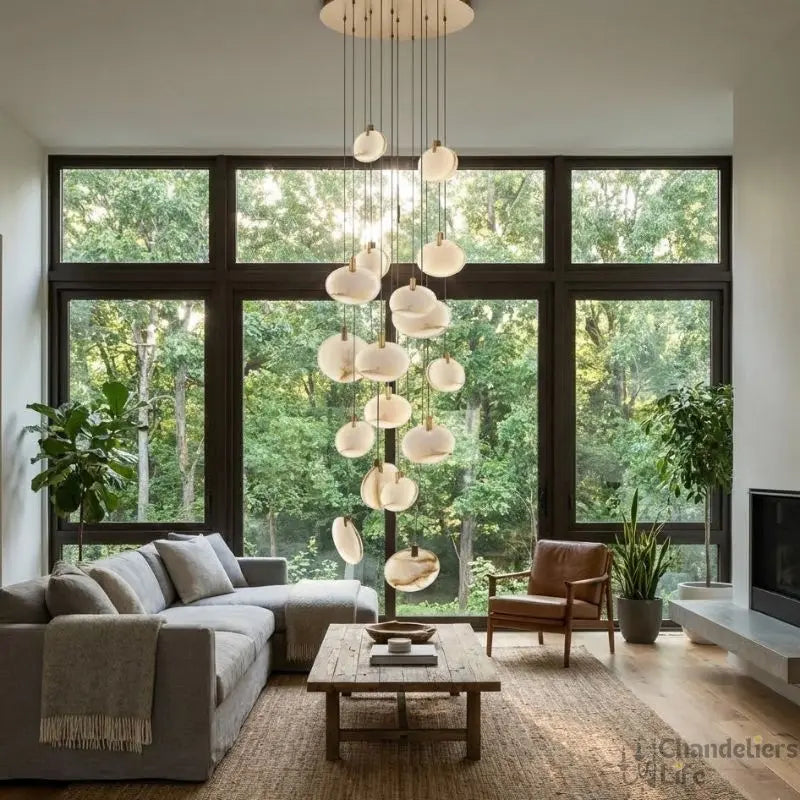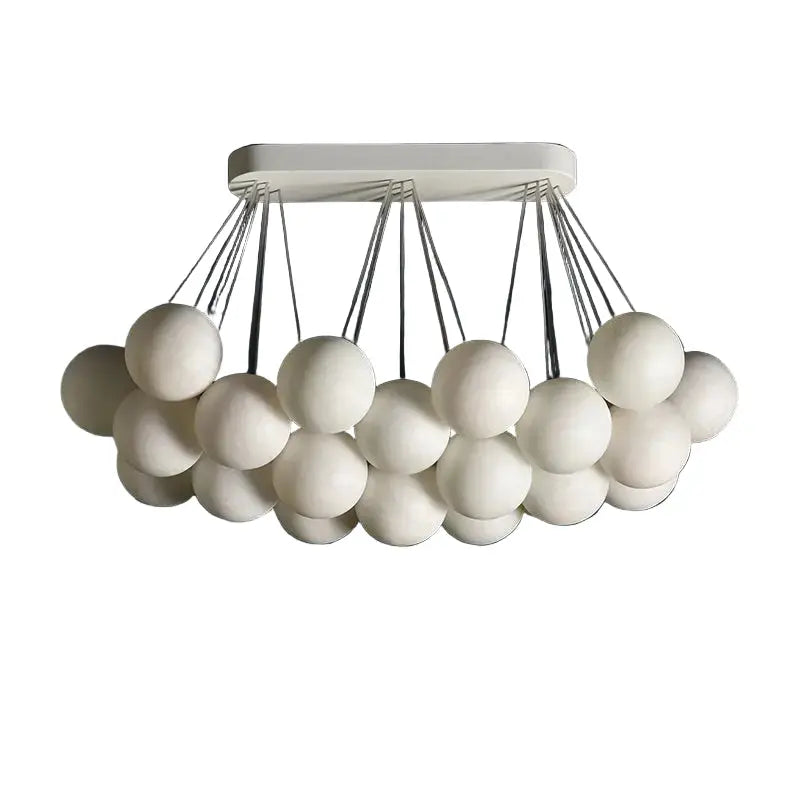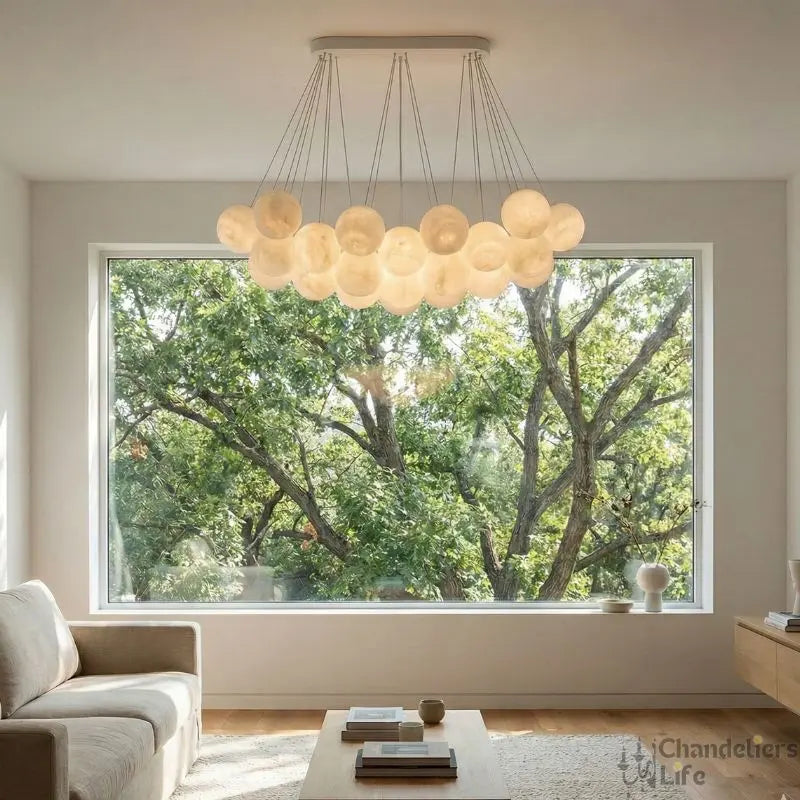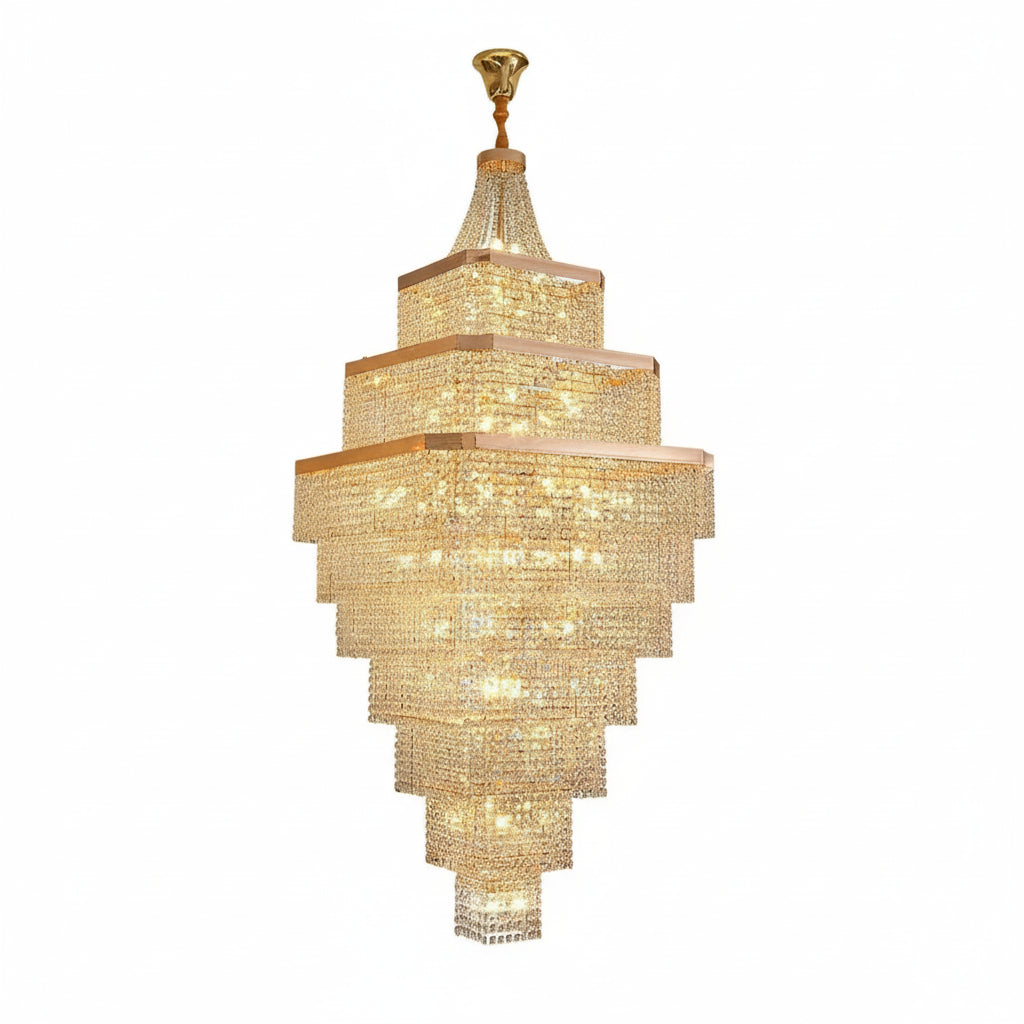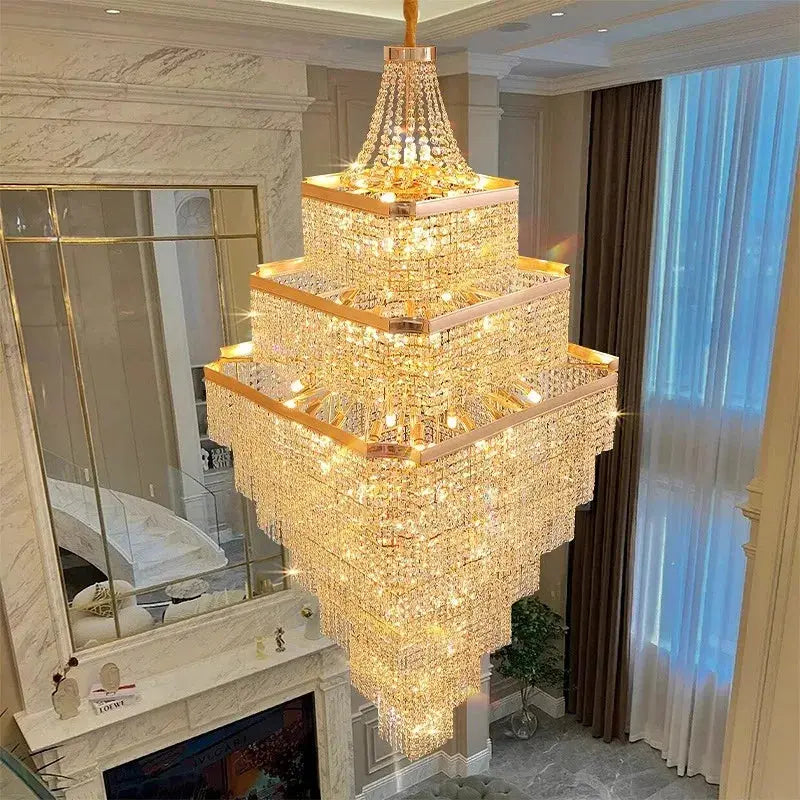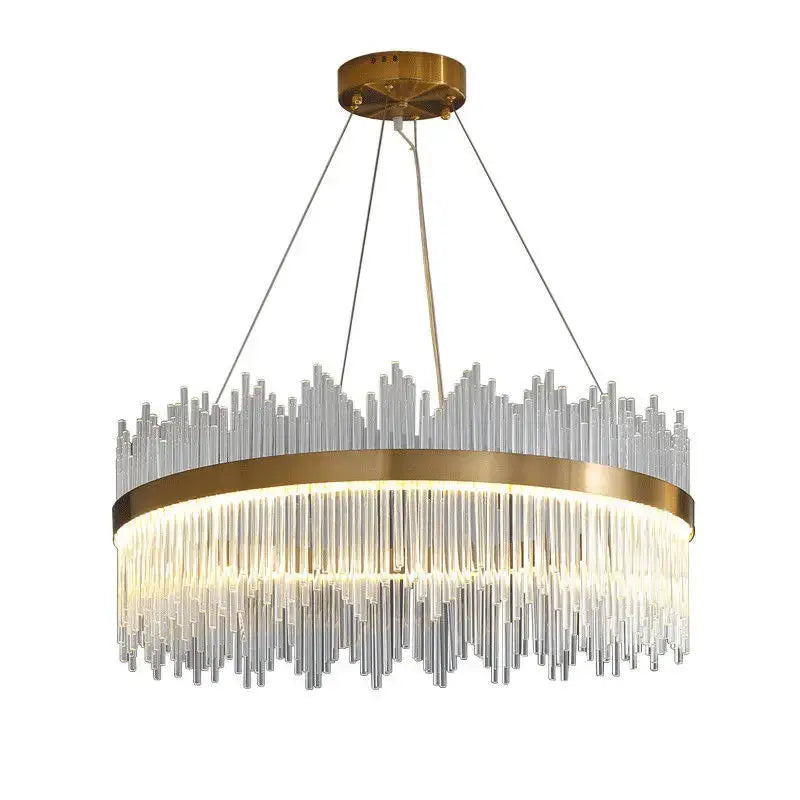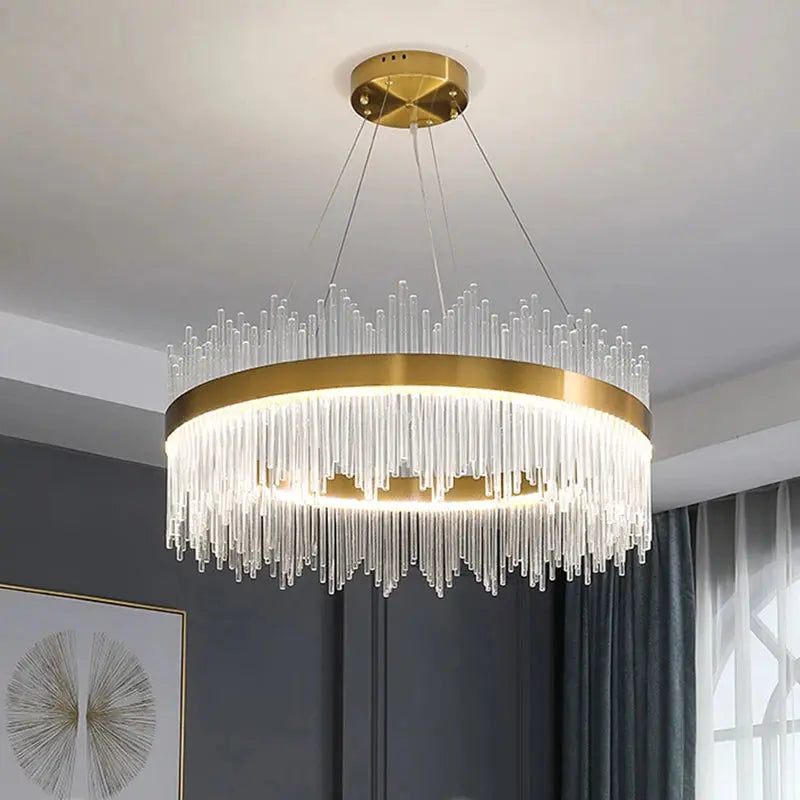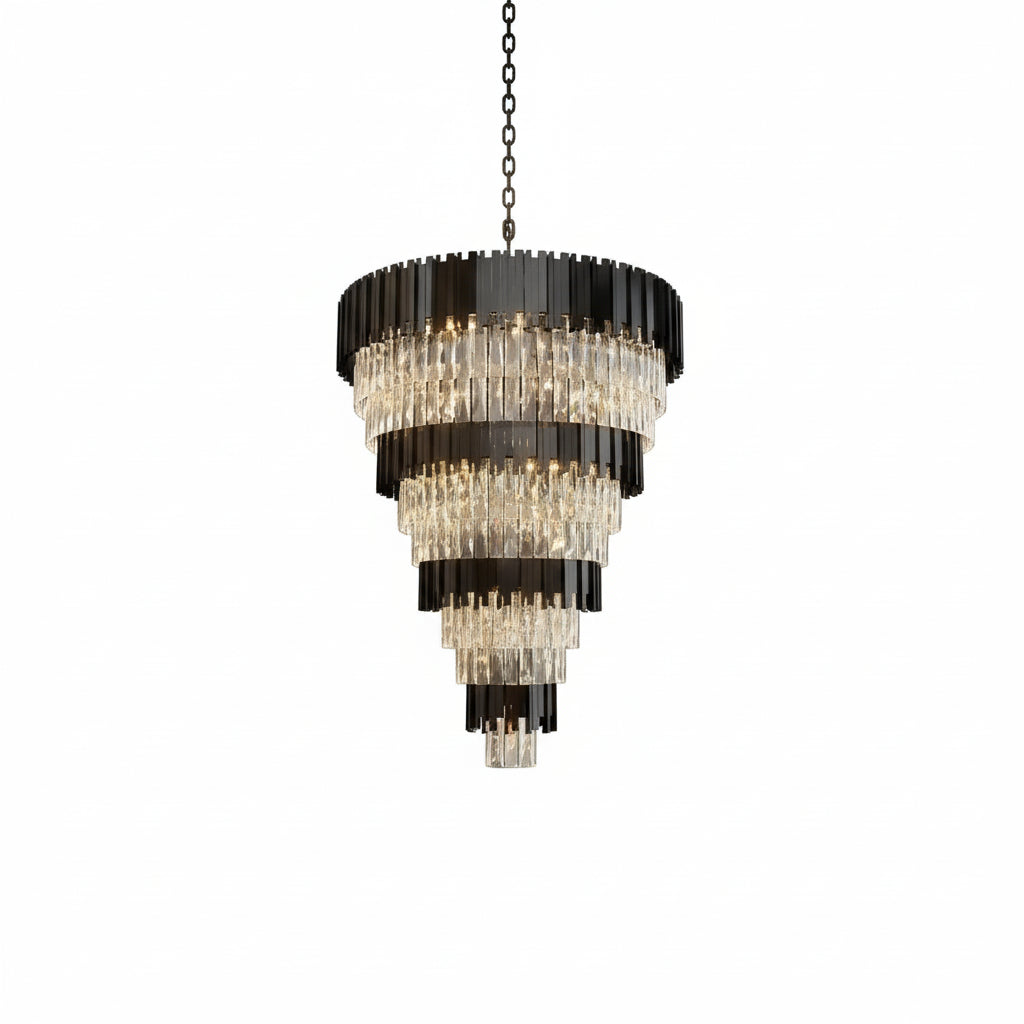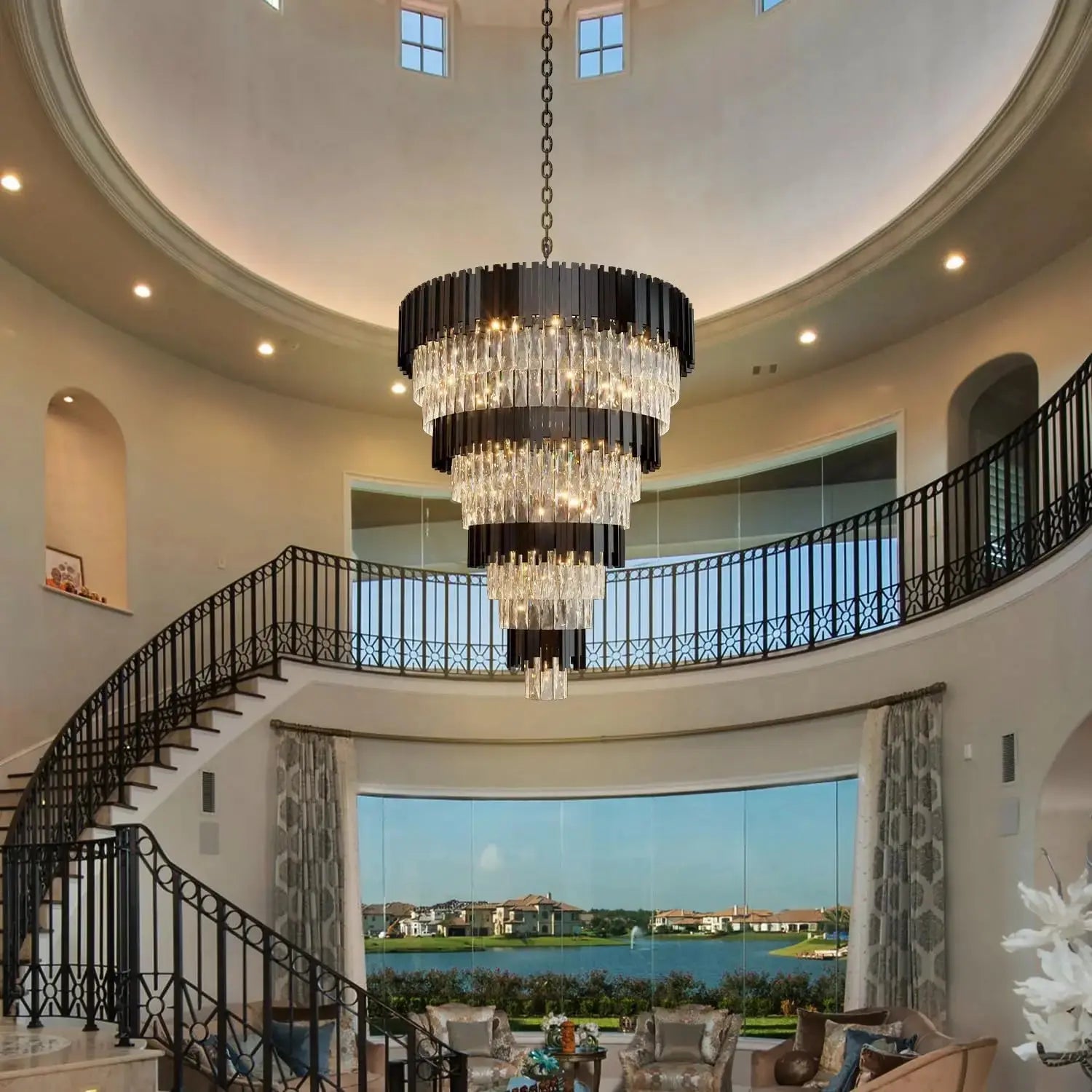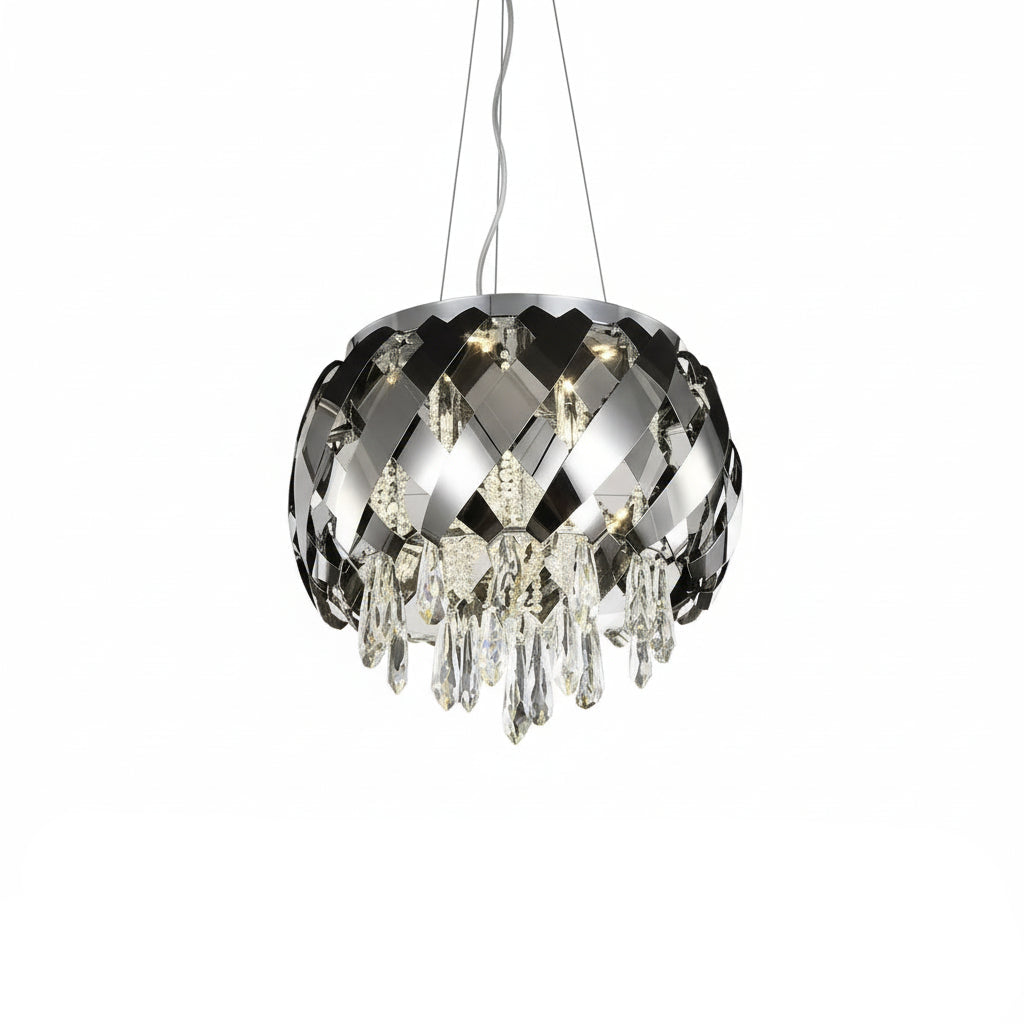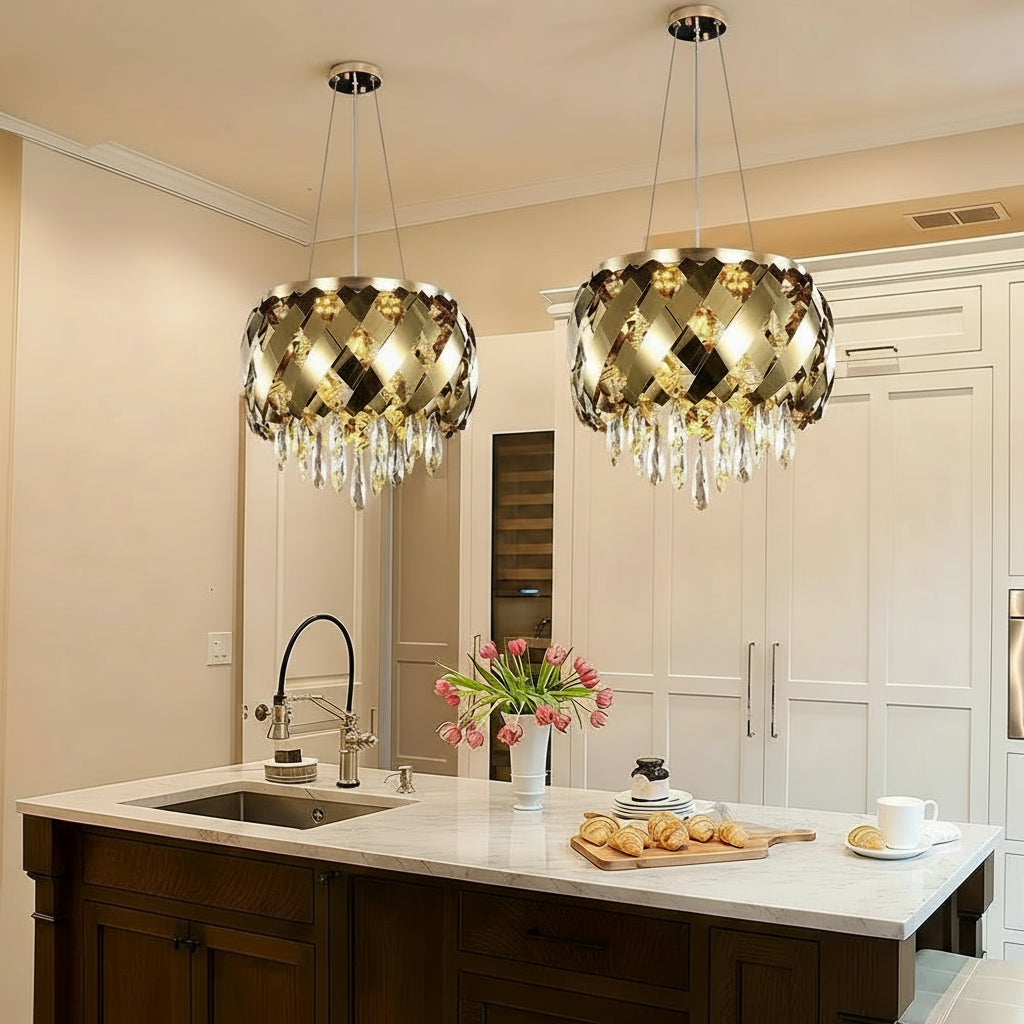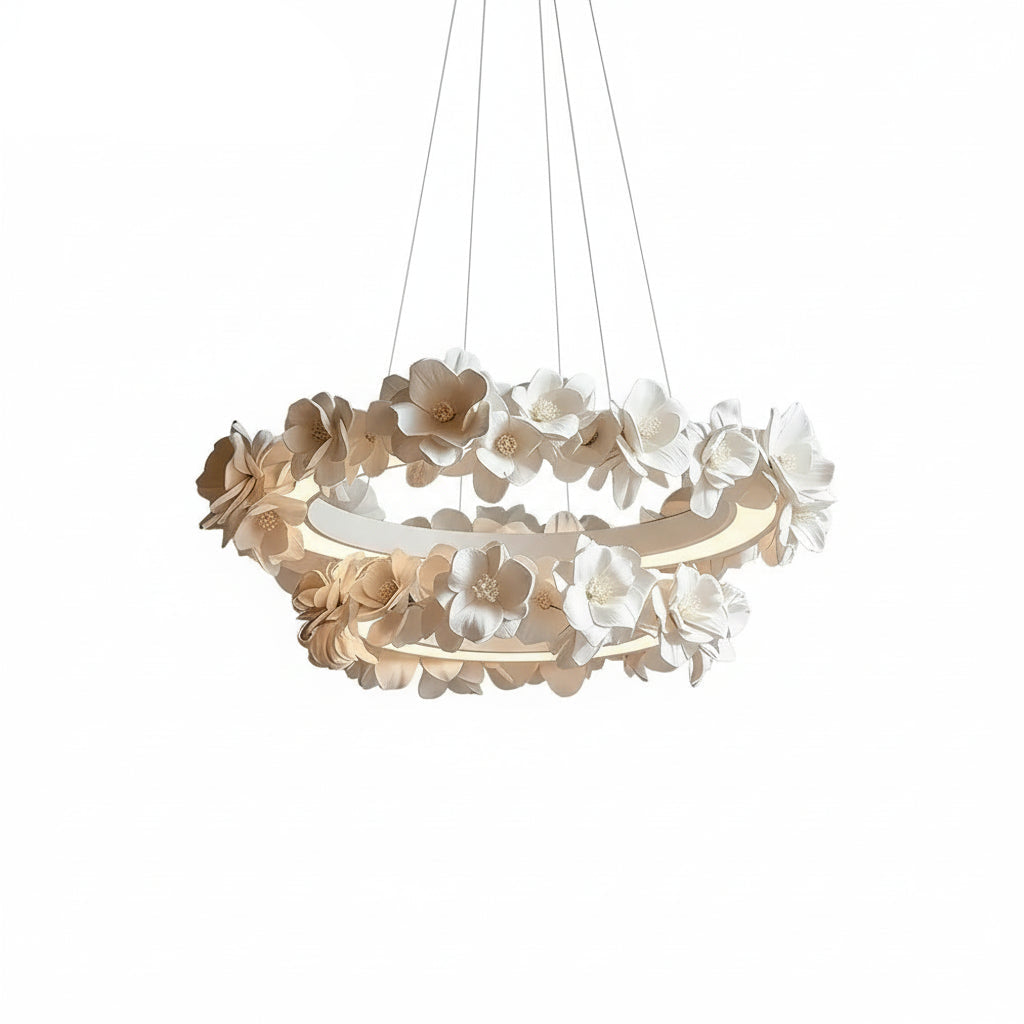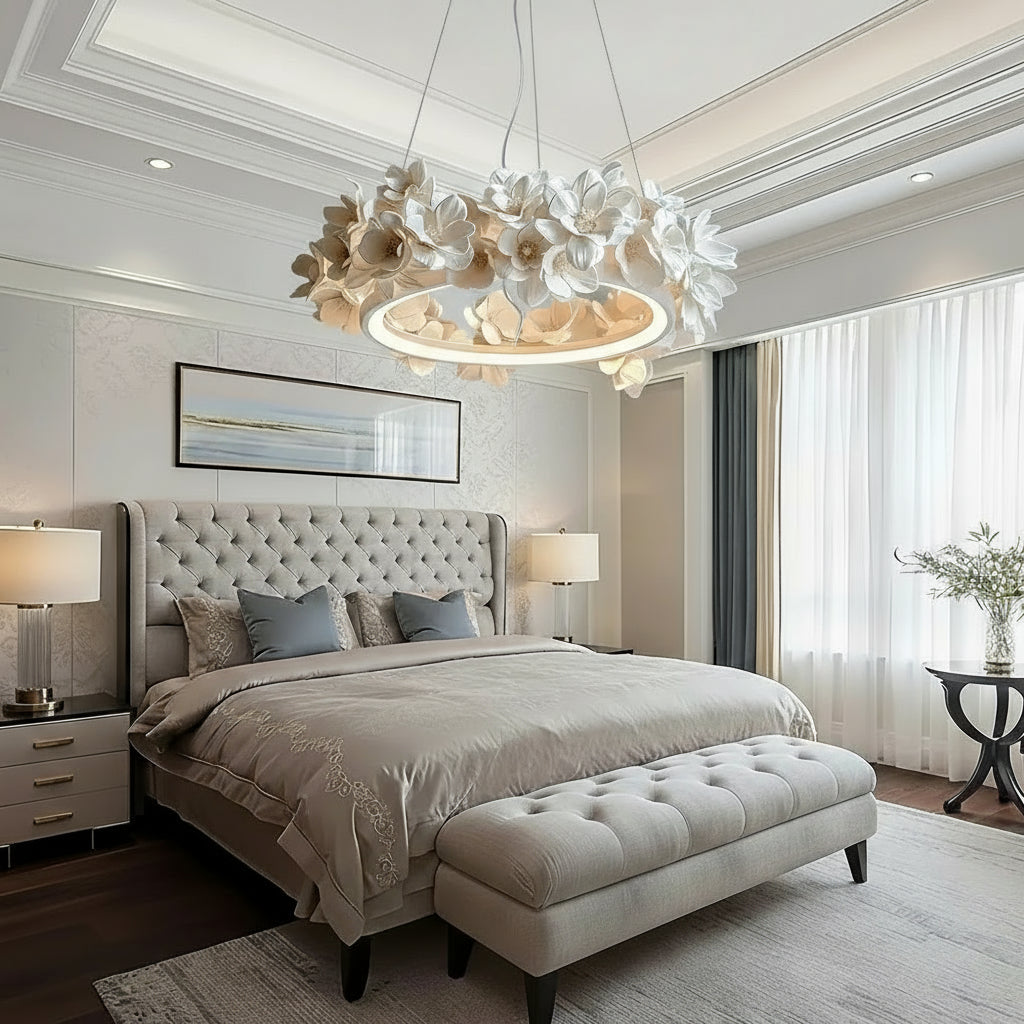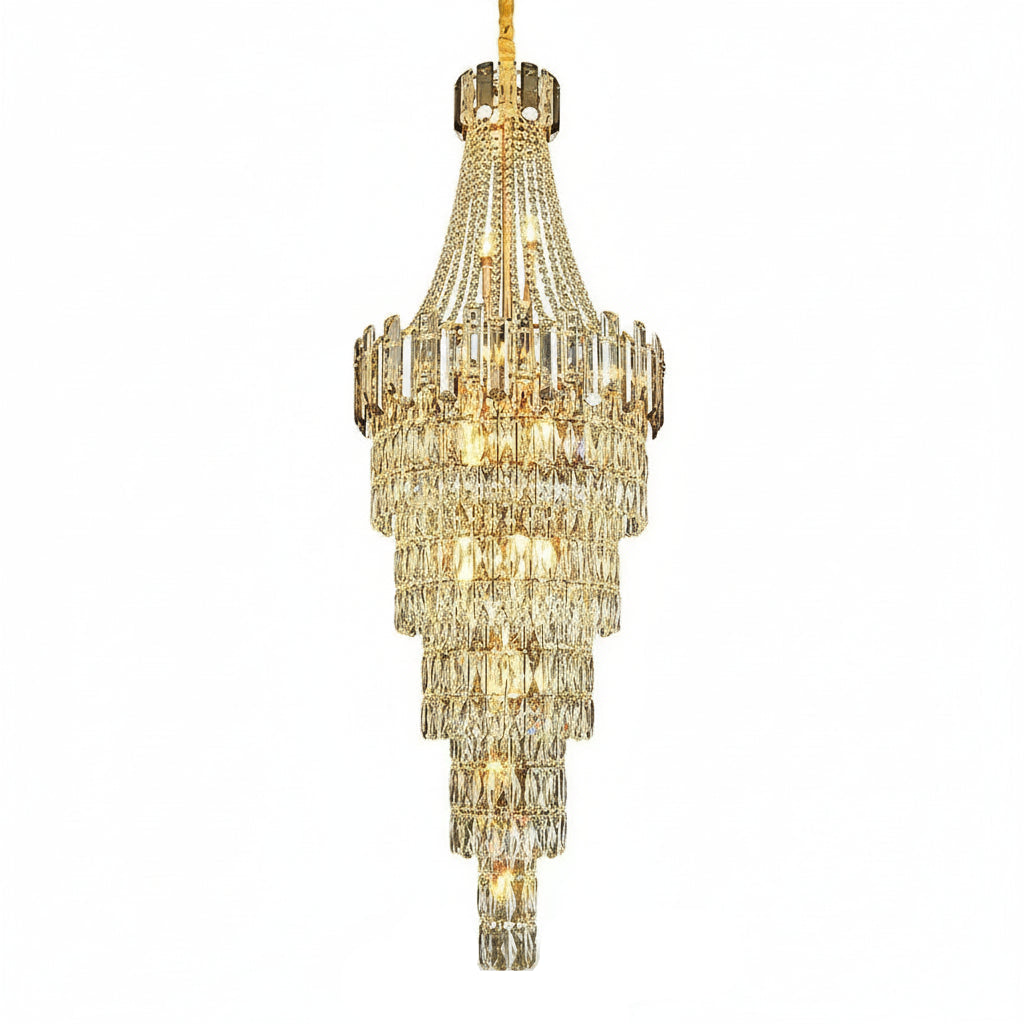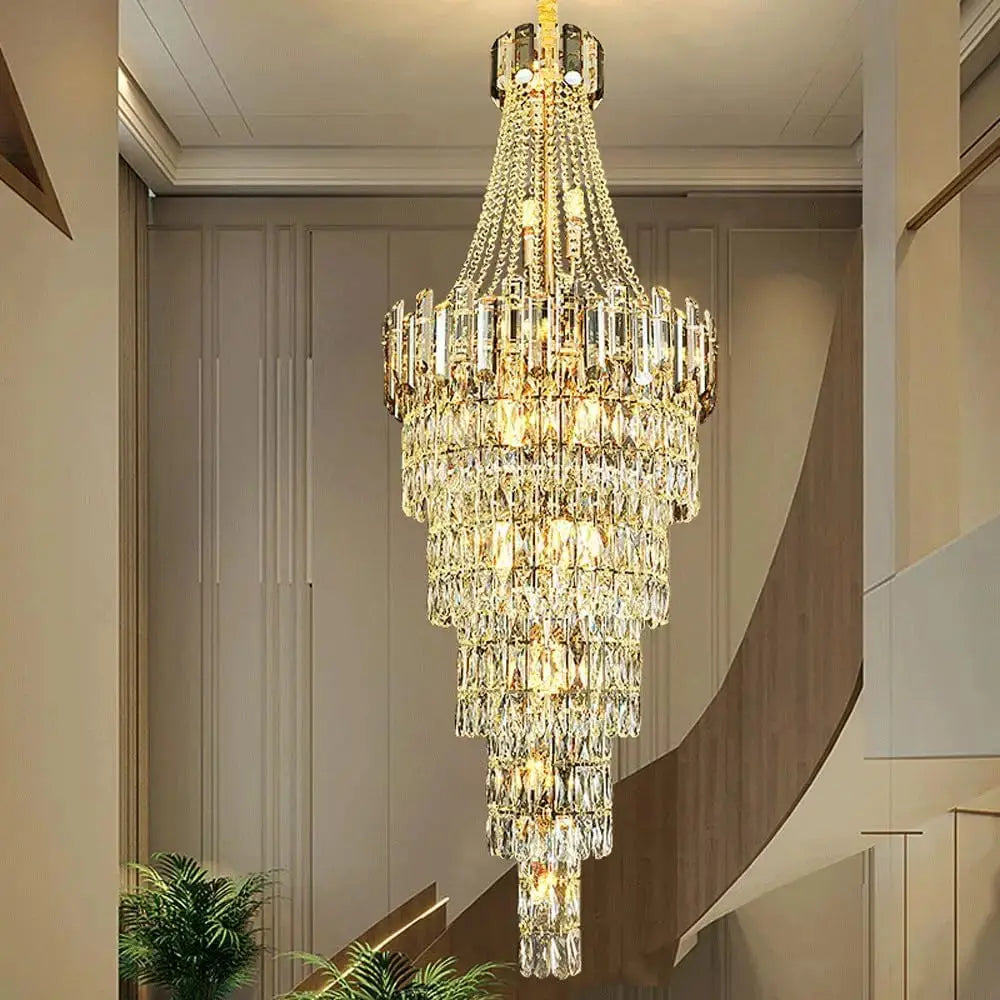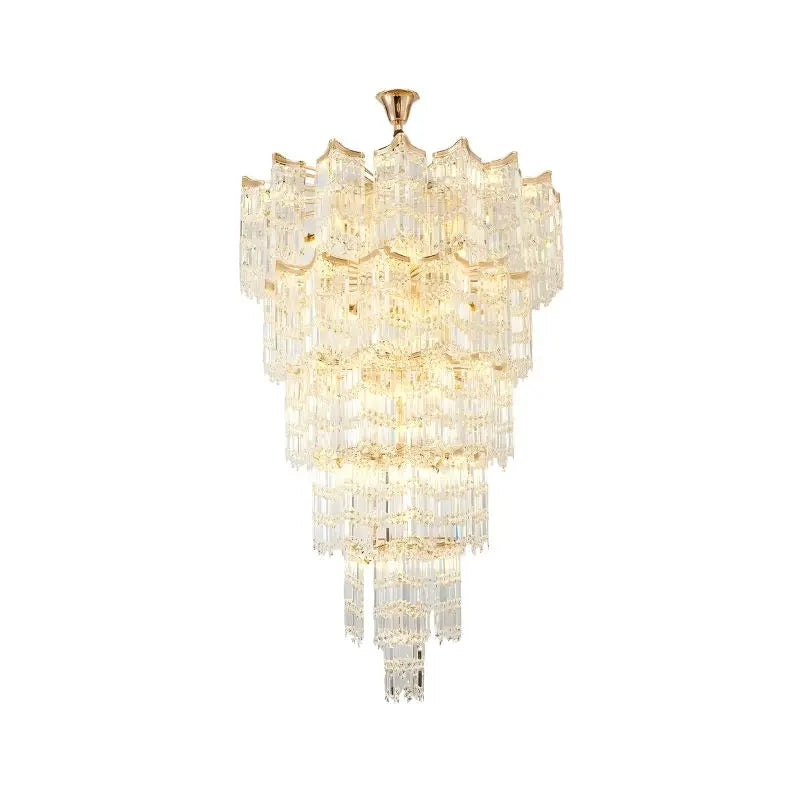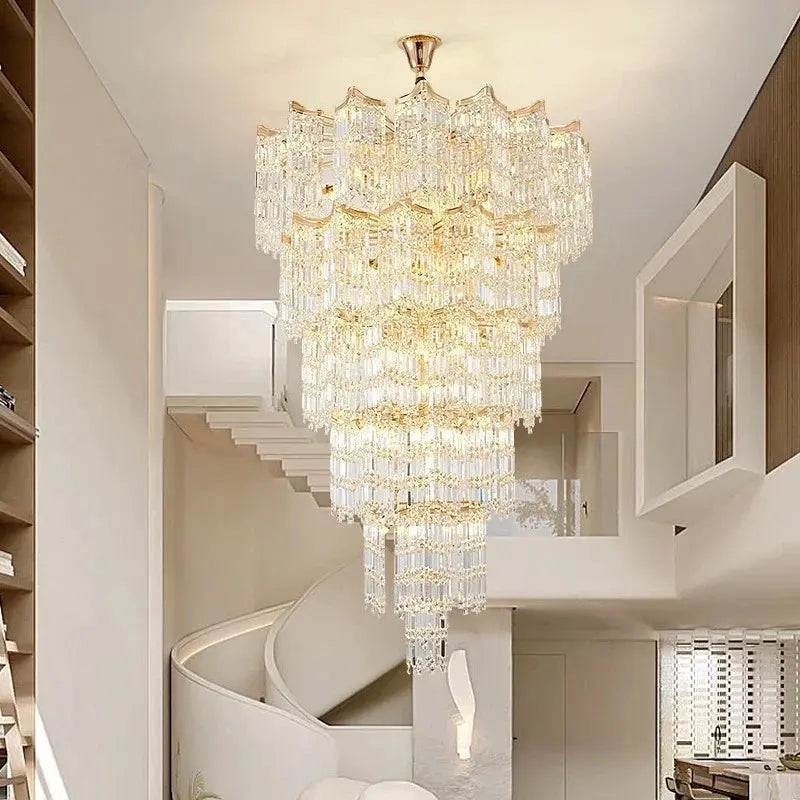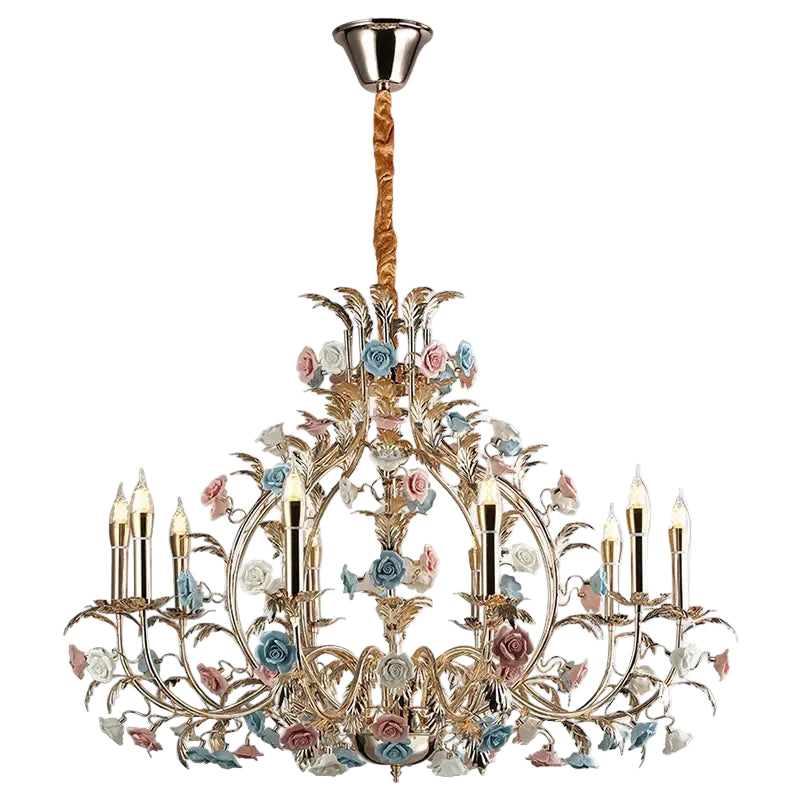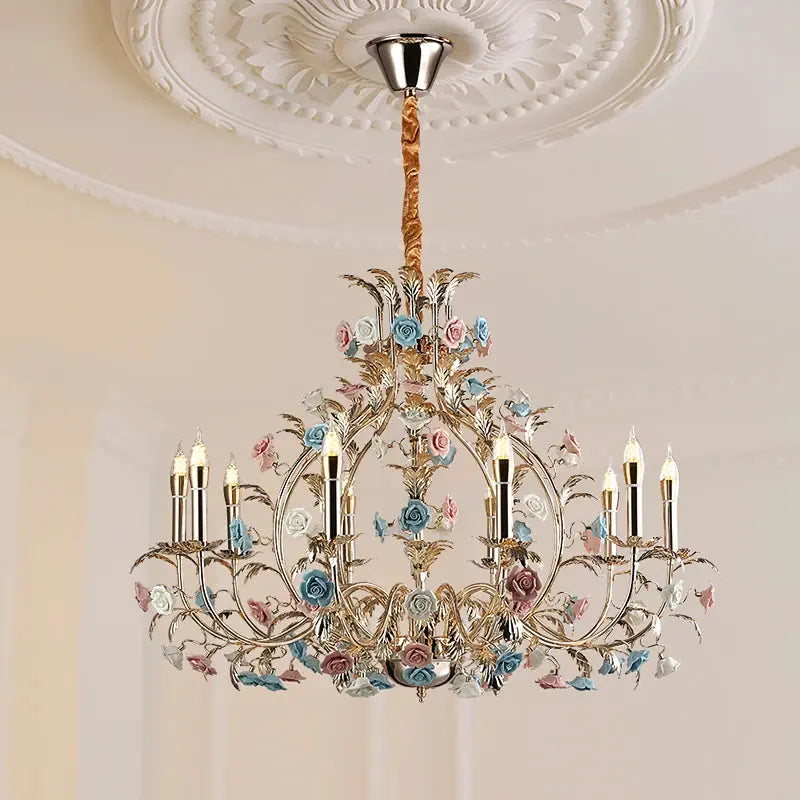Thinking about updating your home's lighting? Recessed lighting, especially the downlight kind, is a popular choice. It's a way to get light without having bulky fixtures hanging down. This article will walk you through what you need to know about downlight recessed lighting, from picking the right ones to getting them installed. It's all about making your space look good and feel right.
Key Takeaways
- Downlight recessed lighting offers a clean, modern look by fitting directly into the ceiling.
- These lights come in various materials and finishes to match your home's style.
- Look for features like high Color Rendering Index (CRI) for true colors and energy-efficient LEDs.
- Installation can be a DIY project, but professional help is often recommended for best results.
- Consider wattage, lumens, and dimmable options to get the right brightness and mood for your space.
Understanding Downlight Recessed Lighting

Recessed downlights are a fantastic way to light up a room without taking up any visual space. They're built right into the ceiling, giving you a clean look that works with pretty much any decor style. Think of them as the quiet professionals of home lighting – they do their job without drawing attention to themselves, which is exactly what you want when you're aiming for a polished feel.
The Versatility of Recessed Fixtures
One of the best things about recessed downlights is how adaptable they are. You can use them in almost any room, from a busy kitchen to a relaxing bedroom. They're great for general lighting, but you can also use them to highlight specific features, like artwork or architectural details. This makes them a really flexible choice for homeowners. They can even make a room feel bigger, which is a nice bonus. Recessed downlights can enhance a room's spaciousness.
Key Features of Modern Downlights
Today's downlights come with some pretty neat features. Many are made from durable materials like aluminum, which means they'll last a long time. You'll often find them with integrated LED technology, which is good for your wallet and the planet because it uses less energy. Plus, they often have a high Color Rendering Index (CRI), meaning they show colors more accurately. Some even come with moisture resistance, making them suitable for bathrooms or covered outdoor areas.
Here's a quick look at some common specs:
| Feature | Description |
|---|---|
| Material | Typically Aluminum, Die-cast Aluminum |
| Light Source | Integrated LED |
| Dimmable | Often available (check product details) |
| CRI | High (e.g., >Ra90) for accurate color display |
| Moisture Resistance | Some models have IP ratings (e.g., IP52) |
Material and Finish Options
When you're picking out downlights, you'll notice a variety of materials and finishes. Aluminum is a popular choice because it's light and strong, and it helps with heat dissipation. You'll usually find them in classic colors like black, white, and sometimes gold or brushed nickel to match your existing decor. The finish can really change the look of the fixture, so it's worth considering how it will blend with your ceiling and overall room design. Choosing the right finish can make a subtle but significant difference in the final look.
When selecting materials and finishes, think about the overall aesthetic you're trying to achieve. A matte white finish might disappear into a white ceiling for a truly minimalist look, while a brushed gold could add a touch of warmth and sophistication.
Enhancing Your Home with Downlight Recessed Lighting
Recessed lighting, especially downlights, can really change how a room feels. It's not just about brightness; it's about setting a mood and making your home look more put-together. Forget those old, clunky fixtures that hang down and get in the way. Downlights sit flush with the ceiling, giving you a clean look that makes spaces feel bigger and more open. It’s a smart way to update your home’s style.
Creating Ambiance with Soft Lighting
One of the best things about downlights is their ability to create a really nice atmosphere. Instead of a single, harsh light source, you can use multiple downlights to spread light evenly. This is perfect for making a room feel cozy and welcoming. Think about your living room or bedroom – you want a soft glow, not a spotlight. By strategically placing these fixtures, you can wash walls with light or create gentle pools of illumination that make the space feel more relaxed. This kind of lighting is great for unwinding after a long day or for hosting guests.
Achieving a Sleek and Minimalist Aesthetic
If you're going for a modern look, recessed downlights are a must. They blend right into the ceiling, so all you see is light, not the fixture itself. This minimalist approach helps reduce visual clutter, making your rooms feel cleaner and more spacious. It’s a design choice that really lets your furniture and decor take center stage. This approach to lighting is a growing trend that prioritizes a clean and expansive feel in interior design. You can find downlights made from materials like aluminum, which adds to that modern vibe. Some even come in finishes like black, white, or gold to match your style.
Choosing the Right Color Temperature
Getting the color temperature right is super important for the feel of your room. It's measured in Kelvin (K). For a warm, cozy vibe, like in a living room or bedroom, you'll want something in the 2700K to 3000K range. This is often called "warm white." If you need a brighter, more neutral light, maybe for a kitchen or bathroom where you do tasks, look for something around 3500K to 4000K ("neutral white"). For areas where you need to see colors very accurately, like an art studio or a high-end retail space, you might go even higher, but for most homes, sticking to the warmer or neutral ranges works best. It makes a big difference in how inviting your space feels.
| Color Temperature (K) | Description |
|---|---|
| 2700K - 3000K | Warm White |
| 3500K - 4000K | Neutral White |
| 4000K - 5000K | Cool White |
Selecting the correct color temperature can transform a room's atmosphere, making it feel more inviting or functional depending on your needs. It's a simple detail that has a significant impact on the overall mood and usability of your space.
Technical Specifications and Performance
When you're picking out downlight recessed lighting, it's not just about how it looks. You've got to think about what's under the hood, so to speak. This stuff really matters for how well the lights work and how long they last.
High Color Rendering Index for True Colors
Ever notice how some lights make colors look a bit off? That's usually because of a low Color Rendering Index (CRI). A high CRI means the light shows colors more like they'd look in natural daylight. We're talking about lights with a CRI of >Ra90 here. This is super important if you want your paint colors, artwork, or even just the food on your table to look their true, vibrant selves. It makes a big difference in how a room feels and looks.
Durability and Moisture Resistance
Not all lights are built the same, especially when it comes to standing up to the elements. Many modern downlights come with an IP rating, like IP52. This tells you how well they're protected against things like dust and water. An IP52 rating means they're protected from dust that could mess with the light's function and also from dripping water. This makes them a solid choice for places like bathrooms or kitchens where things can get a bit steamy or splashed. The construction material also plays a big role; things like die-cast aluminum are tough and help the light last longer.
Energy Efficiency and Longevity
Nobody likes a huge electricity bill, right? That's where energy efficiency comes in. Integrated LED technology is a game-changer here. These lights use way less power than older types of bulbs. Plus, they last a really, really long time. We're talking about fixtures that can keep going for 80,000 hours or more. That's decades of use if you're running them a few hours a day. This means fewer bulb changes and less waste, which is good for your wallet and the planet. Some fixtures even have special tech to help them stay cool, which also helps them last longer. It's smart to look for eco-friendly bulbs that cut down on energy use.
Thinking about the lifespan and energy use upfront can save you a lot of hassle and money down the road. It's about getting good value and a reliable light source that doesn't constantly need attention or drain your power.
Installation and Maintenance Considerations
Getting your new downlights installed and keeping them looking good doesn't have to be a headache. While some folks might tackle this themselves, especially with simpler surface-mount options, others might find it a bit more involved. It really depends on the type of fixture and your comfort level with electrical work.
Step-by-Step Installation Guide
Installing downlights involves a few key steps. Always start by turning off the power at the breaker box and double-checking with a voltage tester to make sure it's safe to work. For recessed or trimless fixtures, you'll need to cut an opening in the ceiling, often using a template that comes with the light. Then, you'll connect the wiring – usually black to black, white to white, and green or bare wire to the ground. Finally, secure the fixture in place and restore power to test it out.
Here's a quick rundown of what's typically involved:
- Power Off: Shut off power at the breaker and test to confirm.
- Ceiling Prep: Cut openings for recessed or trimless models.
- Mounting: Install the housing or mounting hardware.
- Wiring: Connect the fixture wires to the house wiring.
- Final Assembly: Secure the trim or fixture body.
- Testing: Restore power and check operation.
Professional Installation Recommendations
For recessed and especially trimless downlights, hiring a professional is often the way to go. They have the tools and experience to make sure the ceiling cutouts are precise and that the wiring is done correctly and safely. If you're dealing with mudding and feathering for a trimless look, or if your ceiling has insulation, a pro can handle it without issue. It's about getting that clean, finished look and avoiding potential problems down the line. For those looking for elegant home decor, professional installation can make a big difference in the final appearance. Elegant home decor.
Low Maintenance Benefits
One of the great things about modern downlights, particularly those with integrated LEDs, is how little maintenance they require. Unlike older fixtures that needed frequent bulb changes, integrated LEDs are designed to last for years, often tens of thousands of hours. This means fewer trips up a ladder and less hassle. Cleaning is usually just a matter of wiping down the trim with a soft, dry cloth. Because they generate less heat than older bulbs, they also pose less of a fire risk, especially when installed with proper spacing from insulation. This longevity and ease of care make them a practical choice for any room. Correct spacing is important, even more so than with older bulbs, to ensure optimal illumination and aesthetic appeal. Proper placement.
Modern downlights, especially those with LED technology, are built for the long haul. Their durable construction and long-lasting light sources mean you can install them and largely forget about them, enjoying consistent, quality light with minimal upkeep. This makes them a smart, hassle-free lighting solution for busy households.
Selecting the Ideal Downlight Recessed Lighting
Picking the right downlight recessed lighting can feel a bit overwhelming with all the choices out there. But honestly, it just comes down to a few key things that make a big difference in how your space looks and feels. You want lights that work well, look good, and don't cause headaches down the road.
Wattage and Lumens for Optimal Brightness
When you're looking at downlights, you'll see numbers for wattage and lumens. Wattage tells you how much power the light uses, kind of like how much gas a car uses. Lumens, on the other hand, tell you how bright the light is. For example, a 9W light might give you around 900 lumens, while a 12W could push out 1200 lumens. It's lumens you really want to focus on for brightness. Think about the room size and what you'll be doing there. A kitchen might need more lumens than a bedroom. A good rule of thumb is to aim for about 100 lumens per square foot for general lighting, but this can change based on the ceiling height and the type of activity.
Dimmable Options for Customization
This is a big one for creating different moods. Most modern downlights come with a dimmable option, and it's totally worth it. Being able to dim the lights means you can go from bright task lighting for cooking or reading to a soft, cozy glow for relaxing in the evening. It gives you so much control over the atmosphere of your room. Just make sure that if you choose dimmable lights, you also get a compatible dimmer switch. Not all dimmers work with all lights, so it's good to check the product details. You can find a wide selection of wall lights that can help set the mood.
Voltage Compatibility
This might sound technical, but it's pretty simple. Most residential recessed downlights in the US run on 120V, but some might be designed for 277V, which is more common in commercial settings. You'll also see "90-260VAC" listed sometimes, which means the light can handle a wide range of voltages, making it more flexible if you're not sure about your home's specific electrical setup. It's always best to double-check what your home's wiring uses to avoid any issues. Getting this right upfront saves a lot of trouble later on.
Choosing the right lighting isn't just about brightness; it's about creating the right feel for your space. Think about how you use each room and what kind of atmosphere you want to achieve. Dimmable options and the right lumen output can make a huge difference in transforming a room from functional to fabulous.
Advanced Features and Design

Swift Heat Dissipation Technology
Ever notice how some lights just seem to get really hot? That's not ideal, especially in a recessed fixture where air circulation can be limited. Modern downlights often come with built-in systems designed to manage heat effectively. Think of it like a tiny radiator inside the light. This technology helps spread the heat away from the LED components, which is super important. Keeping things cool means your lights will last a lot longer and perform better over time. It prevents premature failure and ensures you get consistent brightness without worrying about overheating.
Integrated LED Technology
Many of the newer downlights you'll find have the LED chip built right in. This means you don't have to worry about buying separate bulbs. It's all one unit, designed to work together perfectly. This integration often leads to a more streamlined look and can make installation a bit simpler. Plus, manufacturers can fine-tune the LED and the fixture for optimal performance. It's a pretty neat way to get contemporary and modern lighting solutions that are both stylish and functional.
Trimless and Recessed Mounting Types
When we talk about how the light fixture meets the ceiling, there are a few ways to go. Trimless mounting is really popular right now if you're going for that super clean, minimalist vibe. It means there's no visible trim ring around the edge of the light; it just blends right into the ceiling. Then you have standard recessed mounting, which usually involves a trim. These trims come in different styles, like baffle or reflector, and can be chosen to match your decor. For new construction, there are specific trim options like baffle, reflector, and eyeball trims, each affecting how the light looks and spreads.
Wrapping It Up
So, there you have it. Recessed downlights are a pretty neat way to light up your place without all the fuss of big, clunky fixtures. They give off a clean look and can make a room feel bigger, which is always a plus. Whether you're going for a modern vibe or just want some simple, good lighting, these lights are a solid choice. They're not too hard to put in, and they last a long time, so you won't be messing with them all the time. Give them a try, and see how they can change your space.
Frequently Asked Questions
What are downlight recessed lights and why are they popular?
Downlight recessed lights are lights that are installed directly into the ceiling, so they don't stick out. They're popular because they give off a clean, modern look and can make a room feel bigger. They're great for lighting up specific areas or just providing general light without cluttering the space.
What are the best places to use downlight recessed lighting?
These lights are super versatile! They work really well in hallways, kitchens, living rooms, and even bathrooms. Because they're so discreet, they can add light anywhere you need it without taking away from your room's style. They're perfect for creating a smooth, even glow across a space.
How do I choose the right brightness (lumens) and color for my downlights?
Brightness, measured in lumens, depends on the room size and what you'll be doing there. For general lighting, you'll need more lumens. The color, or temperature, is measured in Kelvin (K). Lower numbers like 3000K give off a warm, cozy light, while higher numbers like 6000K give a bright, cool light. Think about the mood you want to create.
Are downlight recessed lights energy-efficient?
Yes, especially if you choose ones with LED bulbs! LEDs use much less electricity than older types of bulbs and last a really long time. This means you save money on your energy bills and don't have to change bulbs as often, which is good for the environment too.
Can I install these lights myself, or should I hire someone?
While some people can install them themselves, it's often best to hire a professional electrician. They know how to safely connect the wires and make sure everything is up to code. This is especially true if you're not comfortable working with electricity or cutting holes in your ceiling.
What does 'high Color Rendering Index (CRI)' mean for my lights?
A high CRI means the light shows colors very accurately, almost like natural sunlight. So, if you have a CRI of >Ra90, the colors of your furniture, artwork, or even the food on your table will look true to life. It's important for making spaces look their best.

